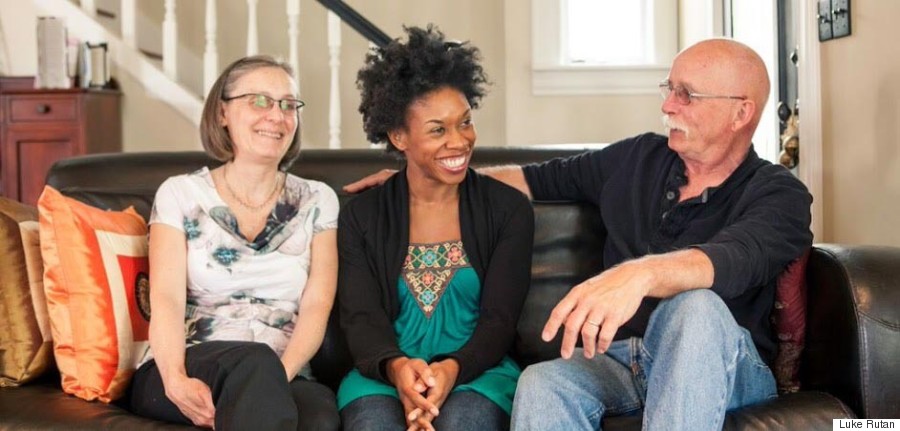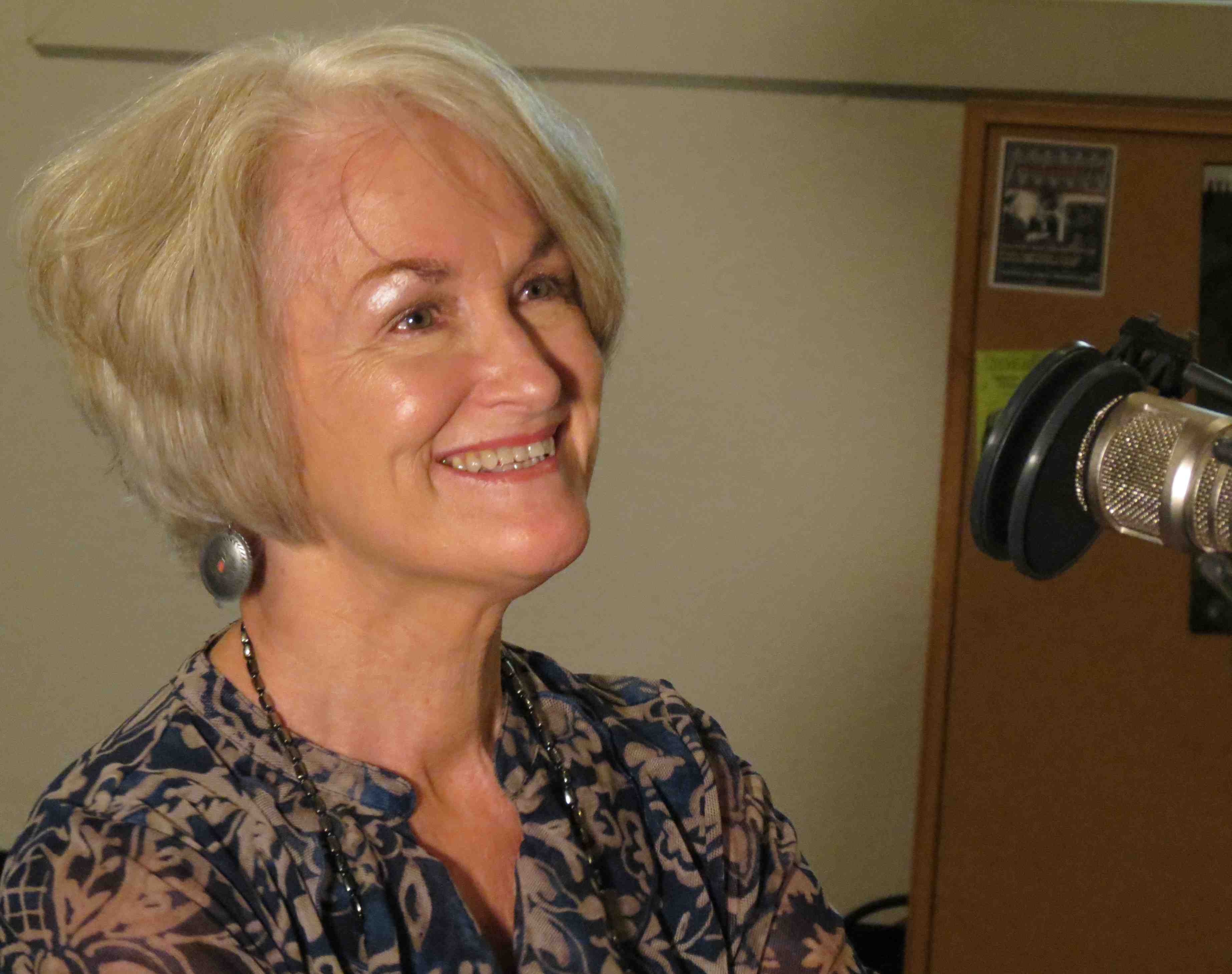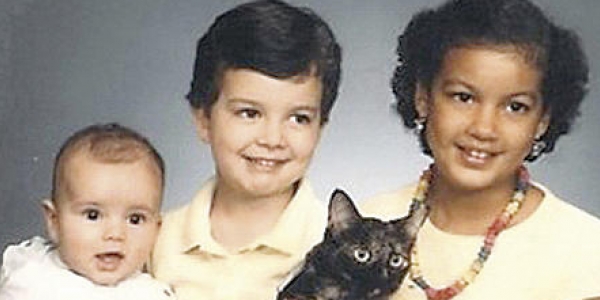The Caramel Variations
Ballet Review
Spring 2012
pages 18-30
Ian Spencer Bell

I am interested in black and mixed-race dancers, ballerinas in particular, because I see almost none in the major classical companies. Like me, the gay boy who didn’t want to be Prince Siegfied but Odette, they too are “other.” Now, when I am teaching “swan arms” to my students I think of Darci Kistler and Julie Kent. I wish an image of a black ballerina doing swan arms came to mind.
I was fourteen when I met Natalie Wright. She was walking toward me, or dancing, it was hard to tell which. We were in front of Studio One, on the fifth floor of Lincoln Center’s Rose Building, at New York City Ballet’s School of American Ballet. Her arms and legs were so long that when she walked her whole body seemed to make a swinging motion, like a chandelier earring, sparkling, dangling, golden. I fell in love with her immediately. She was everything I wanted to be: an exaggeratedly proportioned ballerina. She was exotic, too–caramel-colored, blond-streaked hair, eyes darker than the chocolate she ate every afternoon.
I’m not sure I knew she was black, or half black, rather. She was one of four black girls I befriended during my three summers at SAB. I recall only five black girls and four black boys during those months. I don’t know why I was drawn to the black girls, other than maybe because my mother, whom everyone in our small Southern town thought was a “communist,” made friends with the few black ladies who worked in our church, loved our nanny like a best friend, and picked up the old black guys in front of the Safeway and drove them wherever they needed to go. Maybe it was because I was a gay boy who, like the black girls, felt more than slightly out-of-place in that straight, white world.
Natalie wasn’t black like anyone I’d ever known. She didn’t wear her hair in tight braids with pink plastic poodle barrettes, like my friend Andrea. She didn’t shout and curse and slap my face and tell me she deserved to be the lead in the school musical, the way Porscha had. And she wasn’t like those timid, overly polite girls who hid in their mother’s skirt during one of those all-churches picnics, where we’d see the Baptists once a year.
At SAB, Natalie didn’t call people out like Nikkia had: “Oh, hell no. Someone tell that white girl to stop staring at me.” And she did not have a name like Aesha. She dressed like the ninety-nine other girls there: short denim shorts, Gap Ts, Keds, Lipsmackers lip gloss, hair tightly slicked back in a bun. In ballet class she was the same, too: black leotard, European pink tights. She looked like another girl I had fallen in love with, Riolama Lorenzo. I thought maybe Natalie was Latina, like Rio. They were both from Miami.
It was Natalie’s third summer at SAB in 1993 when we met. Balanchine’s muse, Suzanne Farrell, had recommended her for a scholarship and had taken her into the school a year early. Natalie had the highest extensions of anyone at SAB, except maybe Maria Kowroski. She could extend her leg to the front, and it would nearly touch her nose. To the side it tickled her ear. And when she lifted her leg to the back in arabesque, teachers occasionally looked concerned or told her to bring her leg down…
…I told Natalie I’d call her back. I was thinking of Misty Copeland, the only black female soloist in American Ballet Theatre. Misty is black like Natalie is black: caramel or mocha or dark cream, depending on the makeup and lighting. I see her as I saw Natalie: an extraordinarily attractive dancer with legs and feet so perfectly pretty for ballet that her racial ambiguity is secondary to her identity as a dancer. Misty is one of two black women in the company and one of three black women to have ever been a soloist in ABT. There has never been a black female principal dancer in ABT.
The first time I saw Misty dance was in ABT’s Studio Company. I watched her perform the wedding pas de deux from The Sleeping Beauty. Princess Aurora is one of the big three–along with the leads in Swan Lake and The Nutcracker–for a classical ballerina, designed to show off your technique and style. Copeland was exquisite. She was in control of the slightest details: the tilt of her head, the shape of her hands, the height of her legs. But in the decade she has danced for ABT, I have rarely seen her perform these classical roles. I see her onstage in contemporary work mostly. I wondered if it had anything to do with the color of her skin.
I met Misty in the lounge at the Mandarin Oriental Hotel, uptown near Lincoln Center. She had just come from a late afternoon rehearsal at the Metropolitan Opera House. She strolled in wearing black leggings and tall shoes and a chain necklace and hoop earrings. She was glamorous, sexy too, ready to work an MTV red carpet. But her soft manner and thoughtful gaze dispelled any notions of her as a strident starlet.
Up close, Misty has all the attributes of a classical ballerina: delicate hands, gentle countenance, warm and sweet and friendly. When she sat, she sat like Giselle on that little wooden bench in the first act of that “white ballet,” so called because of all those long white girls in long white tutus.
I had arrived early and was having tea and thinking about the opening of Nella Larsen’s 1929 novella, Passing. Irene Redfield is seated at a table in a fancy Chicago hotel restaurant observing her color rise as a woman stares at her. Irene wonders, “Did that woman, could that woman, somehow know that here before her very eyes on the roof of the Drayton sat a Negro?”
Thinking of Misty, I was wondering if passing for white or Latina has helped the twenty-eight-year-old achieve success in our “national ballet company.” I asked her if she had ever read the Larsen book. She said she hadn’t. She had been reading Brainwashed: Challenging the Myth of Black Inferiority, by Tom Burell.
Bell: How do you identify yourself?
Copeland: My mom told me I was black. I filled out paperwork at school that said I was black. Those were the boxes I checked. Misty laughed. She laughs a lot. But she’s serious when discussing race. Both of Misty’s parents were mixed race. Sylvia DelaCerna, Misty’s mother, was Italian and black, adopted and brought up by a black woman and her black husband in Kansas City, Missouri. DelaCerna’s adoptive mother worked for child services. DelaCerna grew up to be a professional cheerleader for the Kansas City Chiefs. Misty’s father split for Chicago when Misty was a child and left her mom with six kids.
Copeland: My mother was my role model. Growing up I felt close to Mariah Carey because she is a mixed-race woman. I’d dance to Mariah – lyrical, flowy movements – and I’d choreograph on friends.
Misty’s mother choreographed on her for talent shows. But Misty didn’t pursue dance training until she was thirteen. They were living in California, and at DelaCerna’s urging, Misty auditioned for the San Pedro Middle School drill team. Misty choreographed a routine to George Michael’s “I Want Your Sex.” She became the team captain: “If I’m going to do this, I’m going to be captain.”…
Read the entire article here or here.




